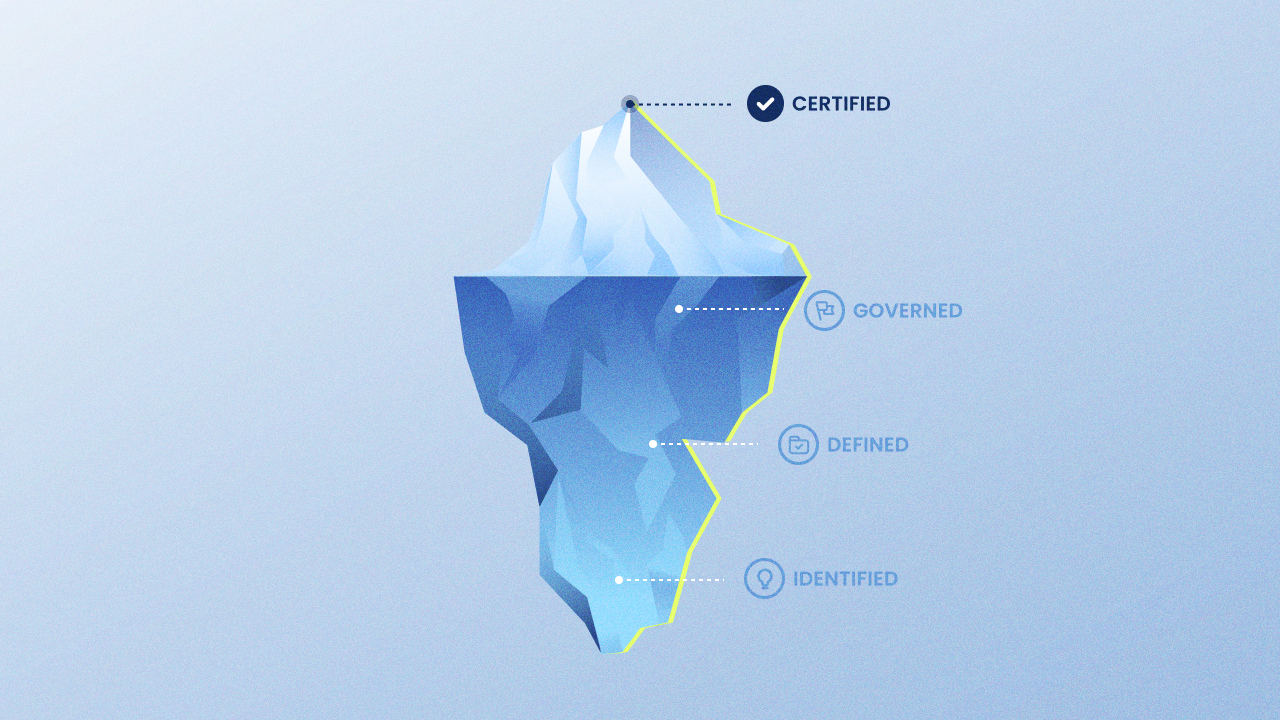
It’s not about replacing people entirely with automation. And it’s not about avoiding automation either. What the research shows is that the best outcomes happen when you identify specific, predictable tasks with clearly defined outcomes, and apply AI tools to those areas.
As AI tools become more capable by the day, headlines are quick to suggest a future where entire departments are replaced by automation. Fears of job loss and uncertainty around where they fit in the market has employees unsure how to protect themselves.
Jaime Aguirre, Head of Artificial Intelligence at GenAIx, an AI consulting firm assisting companies with future readiness, says that logic is flawed—and an ultimately unsustainable—vision of the future of work.
Total elimination: “I’ve seen a lot of reports about entire departments being eliminated,” Aguirre says. “Not just a specific function or role, but entire teams—based on the perception that agents and tools can completely replace them.” But the reality on the ground, he argues, is far different. “We’ve been in this game for a while, and we see what’s happening day to day across all the tools out there. We don’t see that kind of full replacement playing out.”
Space race: Aguirre likens the mindset to a race to space: exciting, but risky without the right foundation. “You might say, ‘We were the first in space,’ and that’s an accomplishment. But maybe your rocket didn’t have the right fuel or the right instruments to complete the mission—and you crash back down,” he says. That “fuel,” in many cases, is the human element.

In the best-case scenarios, the human element is still the most critical part of every role. No matter how you slice it, that’s not something any tool is likely to replace anytime soon.
Striking a balance: In a recent internal review at GenAIx, Aguirre and his team analyzed AI’s impact on job roles. Their findings echoed what broader research has suggested: success lies not in choosing between humans or AI, but in combining the strengths of both. “It’s not about replacing people entirely with automation,” Aguirre explains. “And it’s not about avoiding automation either. What the research shows is that the best outcomes happen when you identify specific, predictable tasks with clearly defined outcomes, and apply AI tools to those areas.”
Slash and burn: Unfortunately, he says, some companies still take a “slash-and-burn” approach. “There’s this idea—let’s eliminate the entire programming department and just use ChatGPT to generate our logic. But then they realize ChatGPT can’t do many of the things humans do,” he says. “It can’t stop in the hallway to talk with a senior team member or an architect about how something should work. That informal, collaborative thinking is critical—and AI just isn’t built for that.”
Meaningful work: Instead, Aguirre advocates for a balanced model—one where humans remain central, and AI augments their work by offloading routine tasks. “In every job, there are things we get tired of doing because they’re repetitive—whether that’s building a PowerPoint deck or summarizing a long document,” he says. “Now we can do those things in five seconds. That frees us up to focus on more meaningful work.”
At the heart of it all is a simple truth: AI is a tool, not a replacement for people. “In the best-case scenarios, the human element is still the most critical part of every role,” Aguirre says. “No matter how you slice it, that’s not something any tool is likely to replace anytime soon.”










